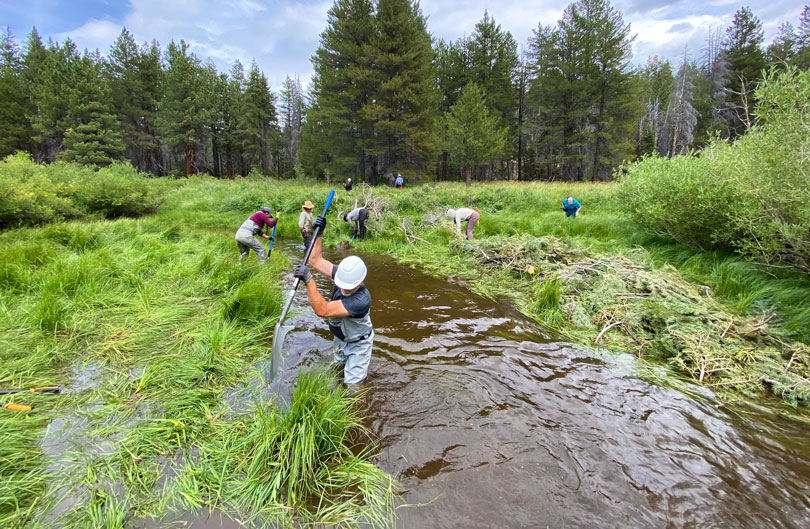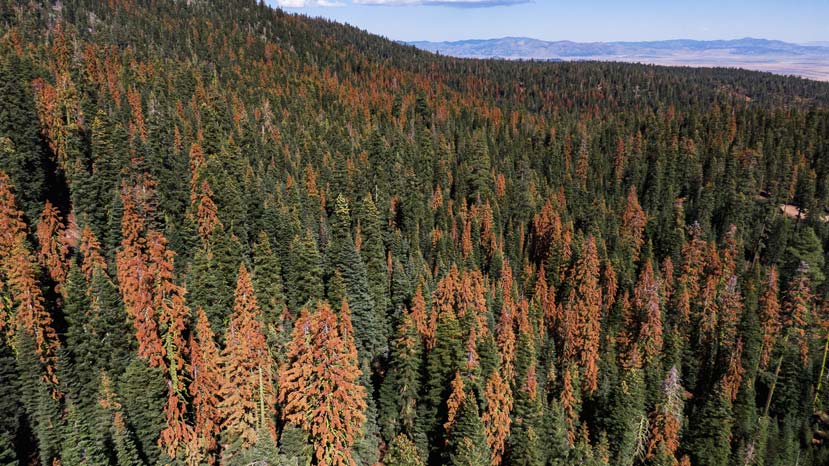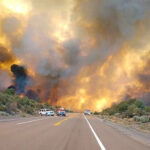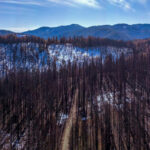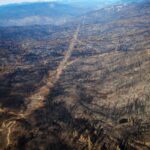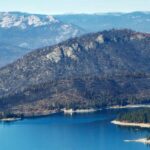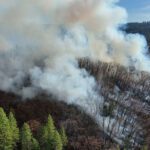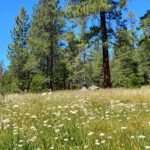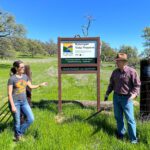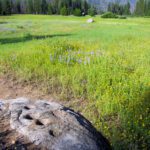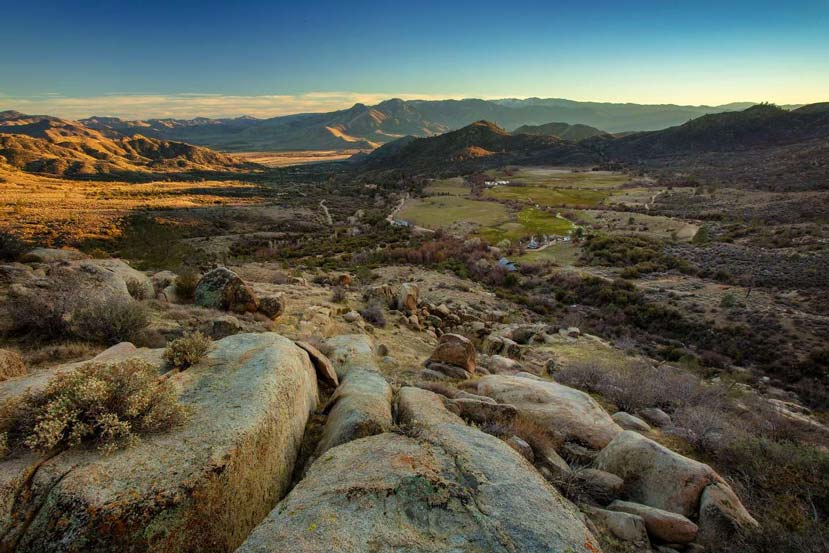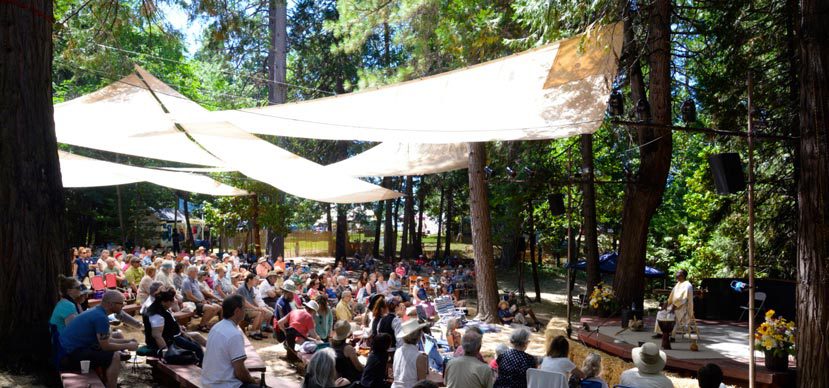Biodiversity in the Sierra-Cascade
California is home to more diverse species and ecosystems than anywhere in the U.S. While the Sierra-Cascade region covers only one quarter of the state’s land area, it contains more than 60 percent of California’s vertebrate species and 50 percent of its plant species.
Hundreds of plant and animal species in the Sierra-Cascade are rare or threatened. Although they face many threats, large high-severity wildfire is perhaps the most urgent. Recent wildfires have been burning so severely, they kill nearly all plant life and destroy vital habitat across huge landscapes that may never fully recover.
Read more about biodiversity in the Sierra-Cascade.
